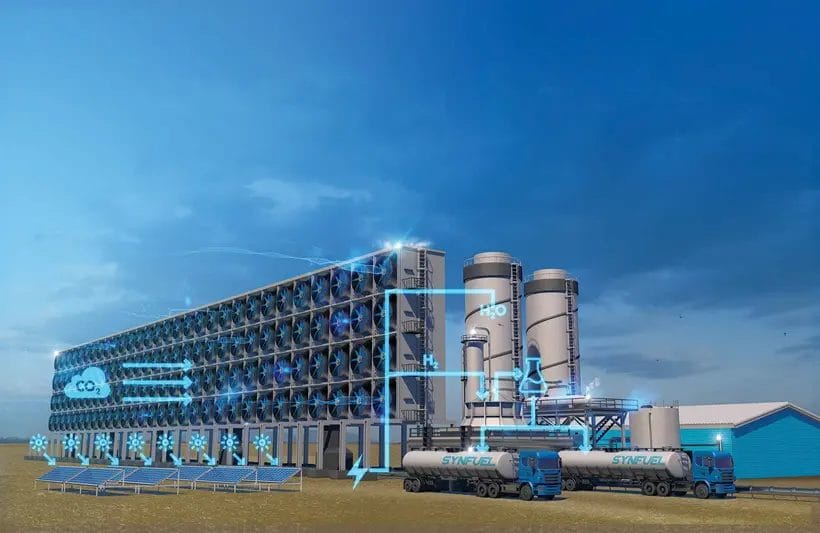With the ongoing push for “net zero” and the proposed ban on the sale of new gasoline motorcycles by 2035, interest in the fuels of the future has never been greater.
But with very few “green” motorcycles still available and, of the “Big Four” Japanese brands, only Kawasaki offering electric and hybrid bikes, it’s still not quite clear what kind of planet-friendly bikes we can expect from the world’s biggest manufacturers and when they will be ready for circulation.
In May, Yamaha announced a partnership with Suzuki, Honda and Kawasaki to develop future hydrogen combustion engines, with additional support from Toyota and Kawasaki Heavy Industries.
Then, at the beginning of December, it was announced that Yamaha will present a prototype V8 hydrogen engine at the Miami International Boat Show 2024, from February 15 to 18.
“Hydrogen is obviously a next-generation technology, but it requires a lot of energy [to produce],” de Seynes told MCN. “So until the world is producing more energy, cleaner energy, green energy, hydrogen is a dream

“We know how to make a scooter run on hydrogen, how it works and we can manage it. But making it real for our customers is another story. And we’re not alone.”
These challenges also include storage, with hydrogen gas currently requiring three times more space than a conventional fuel tank – a luxury that is not available on many types of motorcycle if the bike is to have a realistic range.
Similarly, if you want to use it as a liquid, its natural boiling point is -252.9°C, which means it has to be stored cryogenically, causing weight and packaging problems.
De Seynes continued: “That’s also why we’re taking part in this [hydrogen] cooperation project, because it’s an advanced technology and it’s better that it’s shared.
“It makes sense to have a working group and work together until the market is ready. But in the short term, the internal combustion engine is the best technology you can get. That’s a fact.”
The Yamaha boss also believes that the environmental efficiency of conventional combustion engines could be increased by switching to synthetic fuel – keeping the same engines but reducing the pollution levels created during the gasoline production phase.

“The Japan Automobile Manufacturers Association did a study to assess the benefits of synthetic fuel and found that if we use synthetic fuel instead of mineral fuel – because we don’t have to look for the resource, extract it, process it and transport it to the place where we consume the fuel – it accounts for 50% of the fuel’s CO2 emissions before it is even used.
“So we can reduce the CO2 emissions of the [current] technology, of the same engines, by 50% if we produce synthetic gasoline with green energy close to where it will be consumed.”
He continued: “I think we will continue to improve the efficiency of combustion engines. This is the direction of the Euro5 and Euro5+ standards, and Euro6… to make them cleaner and cleaner.







